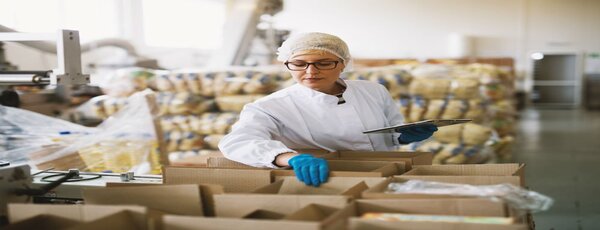
Proper food handling and hygiene practices are essential to prevent foodborne illnesses and ensure the health and safety of consumers. Whether you are cooking at home or working in a food service establishment, understanding and implementing safe food handling practices is crucial. This article will provide you with valuable information on how to maintain proper hygiene from the kitchen to the table, ultimately keeping you and your loved ones safe.
The Importance of Safe Food Handling
Foodborne illnesses are a significant public health concern worldwide, causing millions of cases of illness and even deaths each year. By following proper food handling practices and maintaining good hygiene, you can reduce the risk of foodborne illnesses and protect yourself and others from getting sick. Here are some important reasons why safe food handling is essential:
Prevent the spread of harmful bacteria:
- Cross-contamination of food can occur when raw meats or poultry come into contact with ready-to-eat foods, utensils, or surfaces, leading to the spread of harmful bacteria.
- Proper food handling practices, such as storing raw meats separately from other foods and using separate cutting boards for raw and ready-to-eat foods, can help prevent the spread of bacteria.
Maintain food quality:
- Proper food handling practices can also help maintain the quality and freshness of food by preventing spoilage and contamination.
- By following guidelines for storing, preparing, and serving food, you can ensure that your meals are safe to eat and enjoyable for you and your guests.
Safe Food Handling Practices
When it comes to safe food handling, there are several key practices that you should follow to minimize the risk of foodborne illnesses. By incorporating these practices into your cooking routine, you can protect yourself and your loved ones from getting sick. Here are some essential safe food handling practices to keep in mind:
Handwashing:
- Wash your hands thoroughly with soap and water before and after handling food, especially after using the restroom, touching raw meat, or handling garbage.
- Use warm water and soap, and scrub your hands for at least 20 seconds before rinsing and drying them with a clean towel or air dryer.
Separate raw and cooked foods:
- Use separate cutting boards, utensils, and plates for raw meats and ready-to-eat foods to prevent cross-contamination.
- Store raw meats on the bottom shelf of the refrigerator to prevent juices from dripping onto other foods.
Cook food to the right temperature:
- Use a food thermometer to ensure that meat, poultry, fish, and other dishes are cooked to the appropriate internal temperature to kill harmful bacteria.
- Refer to safe cooking temperature guidelines to cook food thoroughly and avoid undercooking.
Store food properly:
- Refrigerate perishable foods promptly and at the right temperature to slow down the growth of bacteria.
- Label and date leftovers to keep track of their freshness and consume them within a safe timeframe.
Hygiene in the Kitchen
In addition to safe food handling practices, maintaining good hygiene in the kitchen is essential to prevent contamination and ensure the safety of the food you prepare. Here are some tips for maintaining proper hygiene in your kitchen:
Clean surfaces and utensils:
- Regularly clean and disinfect countertops, cutting boards, utensils, and other kitchen surfaces to prevent the spread of harmful bacteria.
- Use hot, soapy water to wash surfaces and utensils after each use and sanitize them with a disinfectant if needed.
Keep kitchen tools clean:
- Regularly clean and sanitize kitchen tools such as can openers, meat thermometers, and blender blades to prevent cross-contamination.
- Follow manufacturer's instructions for cleaning and maintaining kitchen appliances to ensure their safe and effective use.
Personal hygiene:
- Avoid cooking or serving food if you are sick, especially if you have symptoms like coughing, sneezing, or diarrhea.
- Wear clean and appropriate clothing while cooking, including an apron and hair covering to prevent hair from falling into food.
Conclusion
Safe food handling and proper hygiene are essential practices that every individual should follow to prevent foodborne illnesses and ensure the health and safety of themselves and others. By incorporating the tips and guidelines provided in this article into your daily routine, you can create a safe and hygienic environment in your kitchen and protect your loved ones from getting sick. Remember, food safety starts with you, so make sure to practice good hygiene from the kitchen to the table.
